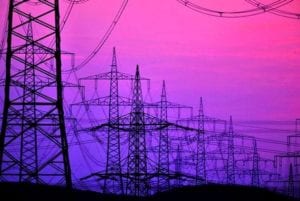The proportion of South Africans with access to electricity, piped water and sanitation increased considerably over the past decade, according to the country’s latest national census.
Statistics South Africa released the results of census 2011, the country’s third population count since democratic elections were first held in 1994, in Pretoria on Tuesday. The previous census took place in 2001.Access to electricity
According to the census, conducted in October 2011, 84.7% of South African households use electricity for lighting (up from 70.2% in 2001), 73.9% use electricity for cooking (up from 52.2%), and 58.8% use electricity for heating (up from 49.9%). The results also show a significant improvement in access to piped (tap) water in South Africa, with the number of households with no access dropping to 8.8% in 2011 from 15.6% in 2001. Nearly half, or 46.3%, of households have tap water inside their homes (up from 32.3% in 2001), according to census 2011, while 27.1% have tap water inside their yards (down from 29.0%), 11.7% have tap water on their community stand less than 200 metres from their homes (up from 10.7%), and 6.2% have to walk more than 200 metres to reach tap water on their community stand (down from 12.4%).Household sanitation
Census 2011 also showed a marked improvement in household sanitation in the country, with 60.1% of households using flush toilets (toilets connected to the public sewerage system) in 2011, up from 51.9% in 2001.The use of chemical toilets (from 1.9% to 2.5%) and pit latrines with ventilation (from 5.7% to 8.8%) were slightly up, while the use of unventilated pit latrines dropped from 22.8% to 19.3%, and of bucket latrines from 4.1% to 2.1%.
Municipal waste removal services also improved compared to 2001, according to census 2011, with the number of households enjoying weekly municipal removals increasing from 52.1% to 62.1%.Living standards on the up
At the same time, the number of households living in formal dwellings increased, from 68.5% to 77.6%, while the number living in traditional dwellings dropped from 14.8% to 7.9% and the number living in informal dwellings dropped from 16.4% to 13.6%. Compared to 2001, census 2011 also showed big increases in household ownership of mobile phones (from 32% to 88%), television sets (from 53% to 74%), refrigerators (from 51% to 68%) and computers (from 8% to 21%). However, the surge in popularity of mobile phones and television came at the expense of radio ownership (down from 73% to 67%) and landline phone ownership (24% to 14%).
Source: http://www.southafrica.info








